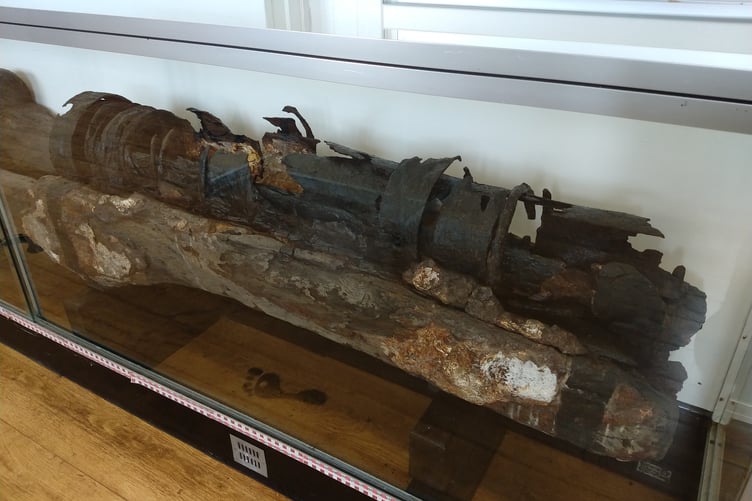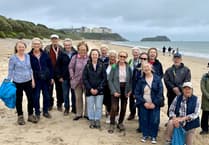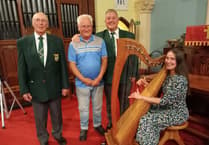Hello everyone and welcome to the latest edition of Curator’s Corner, our column regarding Tenby Museum and Art Gallery, writes David Llewellyn, Tenby Museum and Art Gallery.
As we go forward, I’m hoping to use this space to tell you a little more about what’s going on at our museum, highlight some things of interest from the collection and maybe discuss some aspects of Tenby history.
We’ve been pleased to welcome new volunteers but are still keen to recruit more so if you’d like to think about joining us at the Museum, do get in touch – details on the website.
Our new art exhibition by Rachel Rasmussen is being hung in the gallery as I write. It’s running from May 11 to June 16 and features some wonderful paintings, including many of Tenby.
The Museum has an incredible collection of material from geology and archaeology through into the 20th century and does a fantastic job of telling the story of Tenby, preserving its history and making it accessible.
I thought today I’d talk about one of my favourite items here, the Tenby Gun. It’s a cannon dating from the 1500s – Tudor Times - and is very similar to the type of guns found on the Mary Rose which was lost in 1545. Very little is known about it and it’s always been a bit of a mystery. Apparently, it was found in the sea off St Catherine’s.
It’s a cast iron breach loader. The barrel is made of iron and it could be loaded from the back, very different to most cannons. Because of the variable quality of iron working at the time the barrel has bands to give it extra strength.
It sits on a very early type of wooden carriage which typically had two large wheels at the front, more like guns on land than sea. They were less secure on deck – hence the expression – “a loose cannon”.
The intriguing thing however is that it’s made of Bread Fruit Tree wood that grows in places like the Philippines or New Guinea.
It wasn’t until 1580 that Frances Drake reached the Pacific and by that date, typically, with very different gun carriages.
However, this was the height of Tenby’s prosperity as a trading port. Portugal was a key trading partner and they’d been developing a huge empire in the Pacific from 1512. They were still using this old style of carriage at the time of the Armada in 1588.
Do we have a gun from a Portuguese ship that had sailed to Tenby all the way from the islands of the Pacific laden with spices etc? Quite possibly, although the gun has a cast marking by the Royal Armouries. Perhaps it was once sold to Portugal or captured by them? It certainly is a mystery.
Come and see us to learn lots more about Tenby and its history and see the gun itself.
Tenby Museum and Art Gallery is open 10am–5pm, Tuesdays to Sundays, full details on our website.





Comments
This article has no comments yet. Be the first to leave a comment.